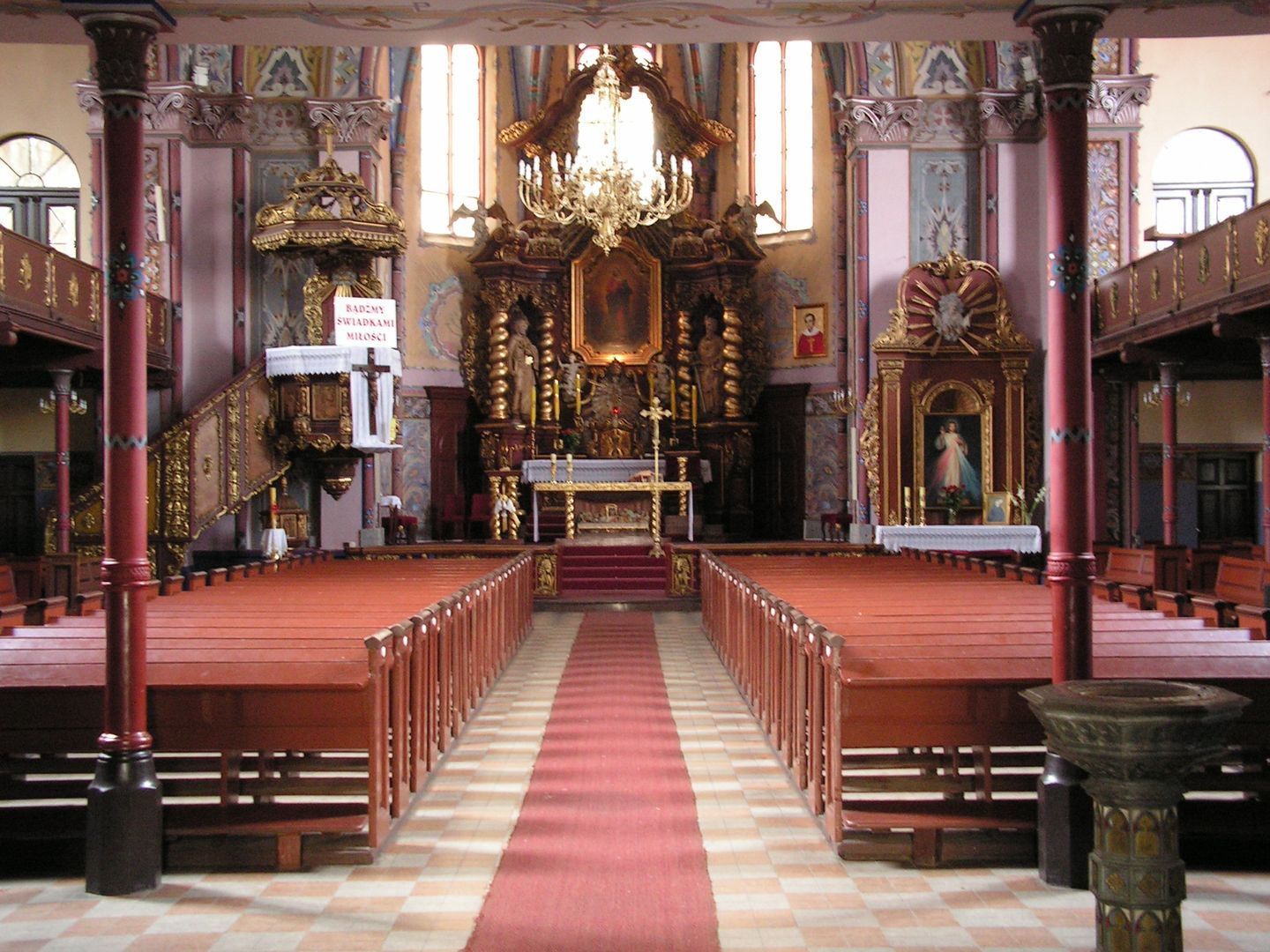Church of the Holy Apostles Peter and Paul in Bydgoszcz
7.69

Overview
The Church of the Holy Apostles Peter and Paul in Bydgoszcz, located at Freedom Square (Plac Wolności), was built between 1872 and 1878 as an Evangelical church dedicated to St. Paul. The architect of the building was Friedrich W. Adler, and the construction was supervised by Heinrich Grüder. The church, featuring Neo-Gothic elements and a Neo-Baroque interior, is one of the most architecturally complex temples in Bydgoszcz. Its structure is based on a Latin cross plan, with a tall tower and an elaborate eastern section. The interior, capable of accommodating 2,500 people, is characterized by rib vaults and a dome on an octagonal tambour. After World War II, in 1945, the church was taken over by the Catholic Church, and a new parish was established in 1946. The building has undergone numerous renovations and restorations, including the reconstruction of the organ, which was destroyed during the war, and the conservation of the stained-glass windows. In the 1940s, the communist authorities planned to demolish the temple, but public opposition and the efforts of the parish priest saved it from destruction. Instead, necessary repairs were carried out. The church houses many valuable elements of its furnishings, such as the Neo-Baroque main altar with a painting of the Virgin Mary and the organ built by Wilhelm Sauer in 1877, which has been entered into the register of historical monuments. In 1957, rich polychrome decorations were added, and statues of St. Peter and St. Paul were incorporated into the altar. An interesting fact is that the church tower contains a bell from 1876, and the altar was carved by Sylwester Fryske, a renowned Bydgoszcz sculptor. The church combines religious functions with the rich cultural heritage of Bydgoszcz, serving as a symbol of survival and adaptation in a changing reality and an important landmark in the city's history.
Location
Tickets
Powered by GetYourGuide
2025 Wizytor | All Rights Reserved